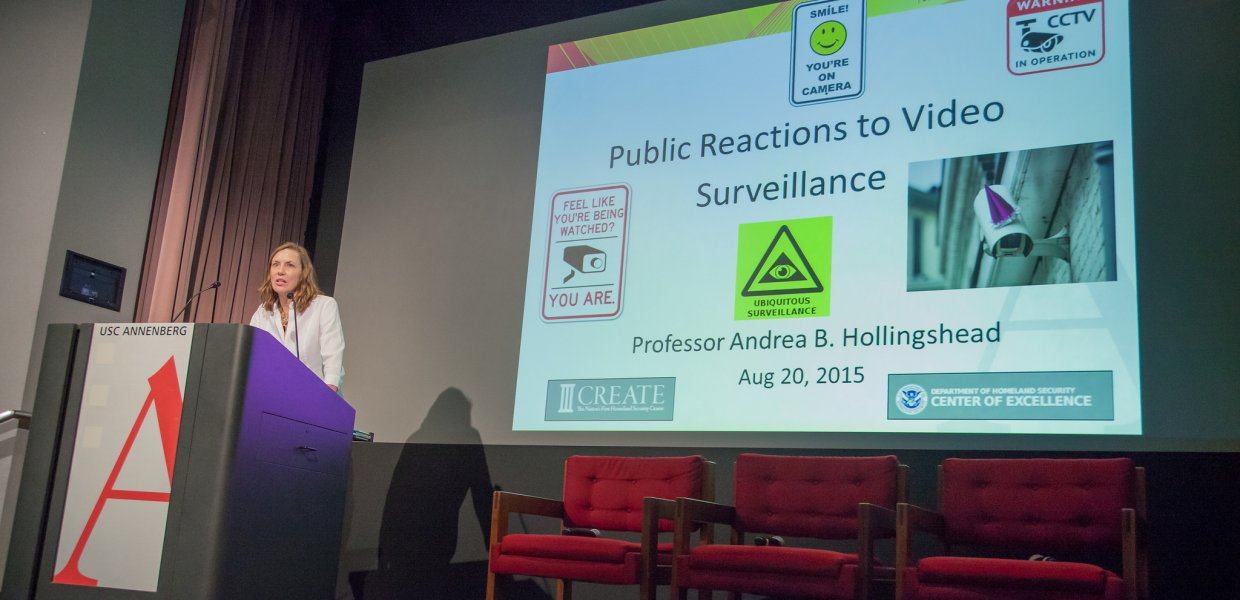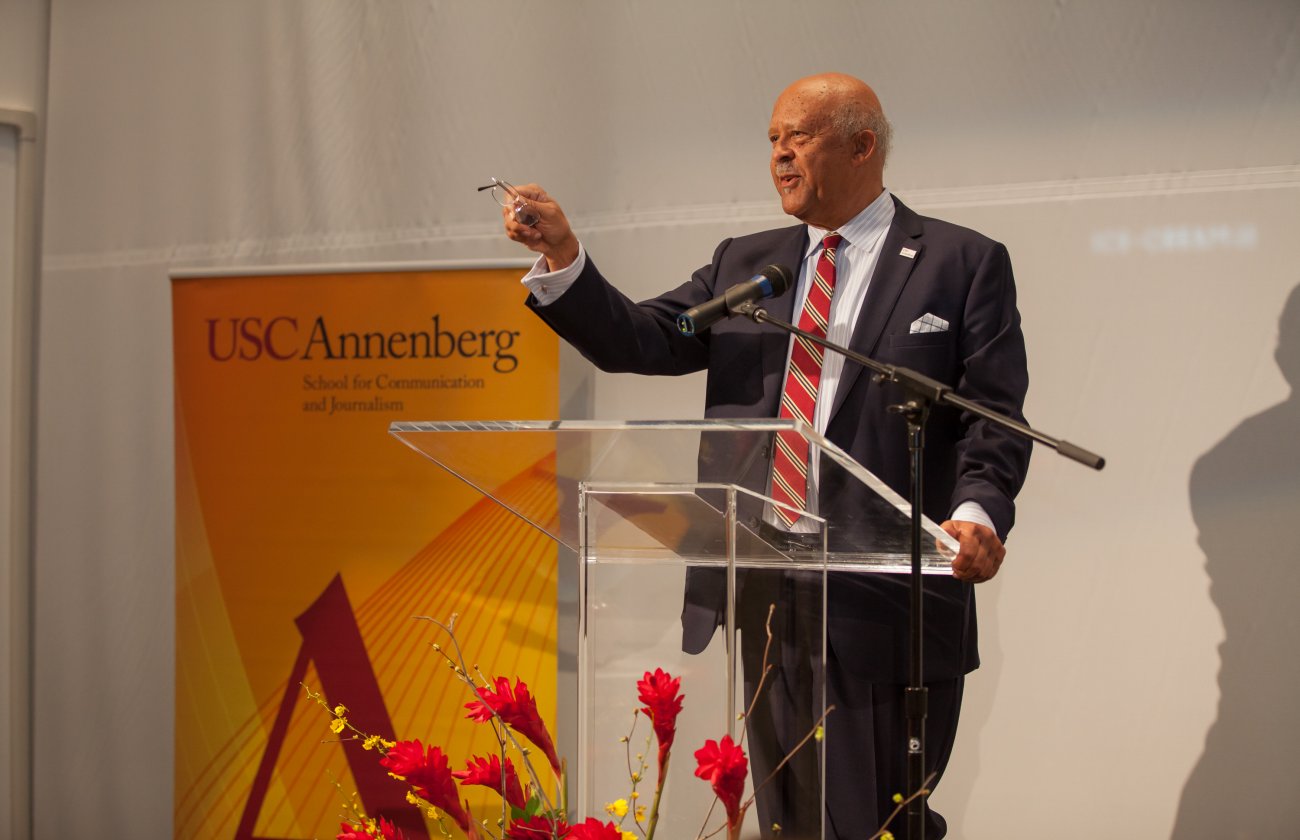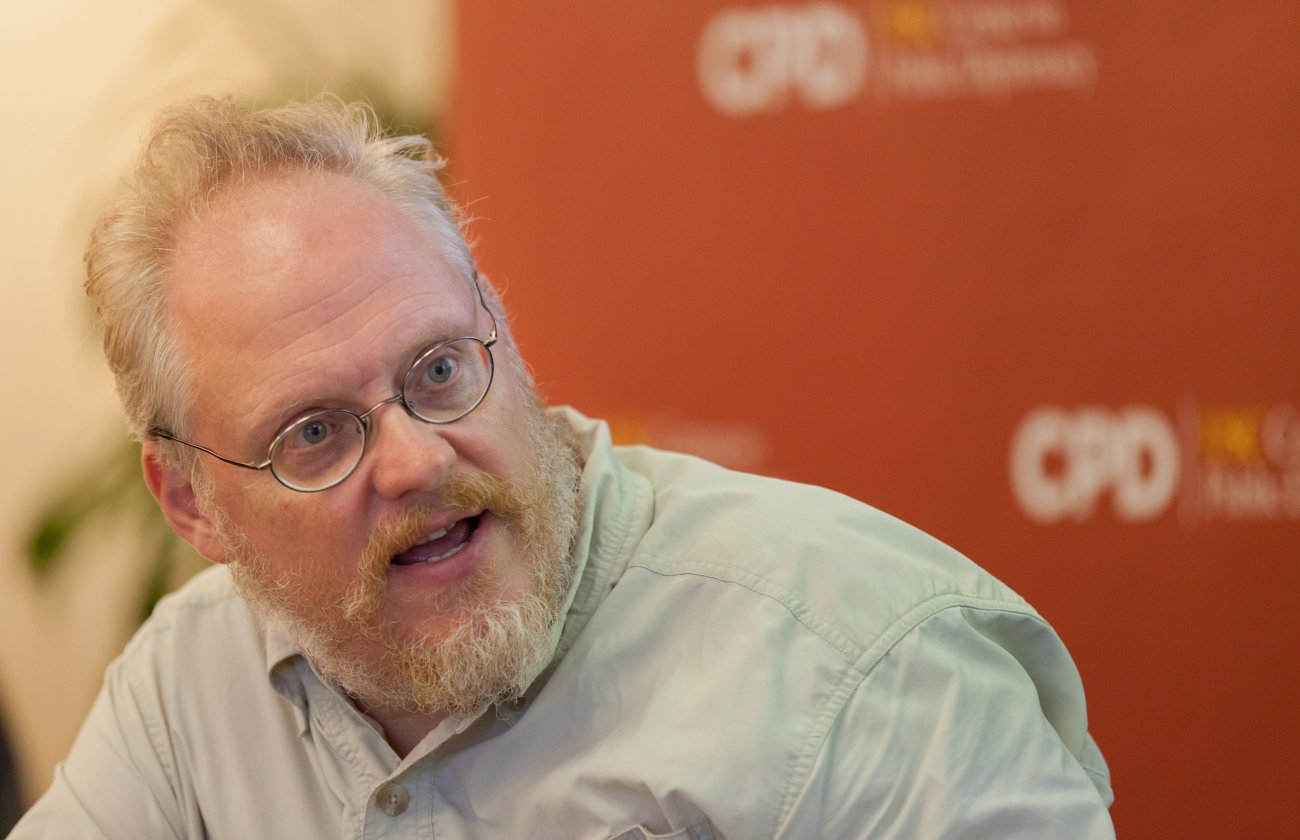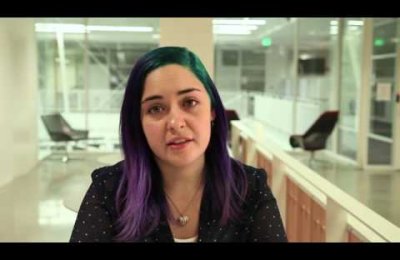Inside the classrooms at USC Annenberg, students are the ones typically tasked with answering the hard hitting questions. "Five Minutes with..." turns the table on faculty members to ask them the questions.
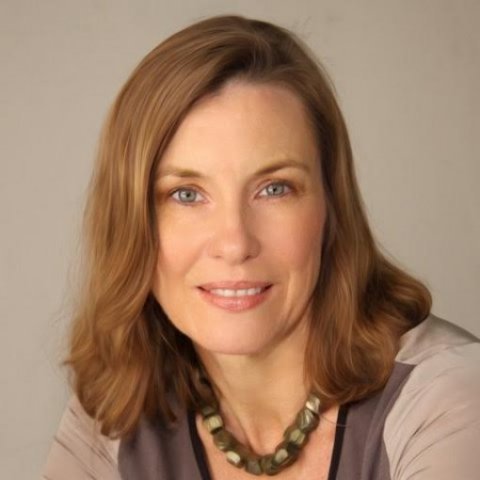 Over the summer, USC Annenberg professor Andrea Hollingshead was appointed Associate Dean for Faculty Affairs and Research.
Over the summer, USC Annenberg professor Andrea Hollingshead was appointed Associate Dean for Faculty Affairs and Research.
This role encompasses two primary responsibilities: overseeing everything related to faculty, such as hiring processes, promotions, nominating faculty for awards; and helping coordinate research projects, which means that she will help faculty secure outside funding for their work, as well as promote their research.
USC Annenberg recently caught up with Hollingshead to talk about this new role, her own research and what she loves about USC Annenberg.
What are you looking forward to doing or accomplishing in this new role?
From my perspective, I’m really excited to get faculty more recognition for their achievements and their research, and also, more opportunities for funding. I’m primarily interested in linking our faculty with USC Viterbi, the Keck School of Medicine, and the Department of Computer Science because those are where a lot of our big grants are and our faculty looks at the communication side of things. I think there could be some really fruitful partnerships.
Our provost, Michael Quick, is interested in solving some of the world’s, what he calls, “wicked problems,” like climate change, poverty, and those kinds of things. There are a lot of schools around campus where people are focused on these “wicked problems” and I would like to help connect USC Annenberg faculty, who are doing really cool things, with other people on campus who are doing similar research around these larger issues.
I’m going to work hard for everybody to promote what’s happening here with regard to research and what the faculty are doing, because we really have fantastic faculty, the best faculty in communication and journalism in the world. I’m looking forward to the challenges ahead, and there’s going to be some really fantastic opportunities, as well.
Are there any research projects that you’re excited about?
Well, I have my own research projects, one of which is pretty interesting. It’s related to campus video surveillance. The project is being funded by the USC CREATE center, which is also connected with the Department of Homeland Security. I’m working with a colleague, Peter Carnevale at USC Marshall, and a lot of graduate students here at USC Annenberg. What the project looks at is effects of video surveillance on public perceptions and people’s behavior. In and around the USC campus, there are hundreds of video cameras in public spaces, and there aren’t a lot of signs indicating them. But, if you walk around campus and look up, you can see them. It’s a complicated issue. There are a lot of good reasons why there aren’t signs up indicating that you’re under surveillance. But the question is, if there were signs, how would that affect people’s behavior? Should they know? If they do know, how does that affect their perceptions of security and safety? How does that affect how they interact with other people? And also, what are some of the ways that you can foster public acceptance?
So, that’s one project that I’m working on. I can see a lot of projects in the future around this topic. And I think it’s really important because even in Downtown L.A., for example, they’re putting in video cameras. And a big question is: Should there be signs? And if you do have signs, what should they say?
In addition to being a faculty member at USC Annenberg, you also have joint appointments with the USC Marshall School of Business and the Department of Psychology. How do all these fields come together in your own research?
So, I’m a psychologist by training. My Ph.D. is in social psychology. Basically, I study how people respond to different social situations. And I particularly study collaboration in teams, in organizational settings. That’s where the USC Marshall part comes in. And then I like being in the School of Communication because I really study group process, and collaboration processes. I think the communication is the bridge that brings everything together.
A lot of your previous research has been on collective intelligence and group decision making. How do you apply this knowledge to your classes at USC Annenberg?
All of my classes have big team projects. I tell the students at the beginning of the semester, there’s the content area of the class, but one of the things I think is really important, that you’re going to take with you for the rest of your careers, is learning how to effectively work with other people in a group setting. All through the semester, I have the students be very mindful of the group process and work towards being an effective team member, being a leader. So we talk about that all the time. That’s always a big part of all of my classes, whether I’m teaching a class on marketing communication or a class on group decision making. It’s always a core part of the class.
What is your favorite thing about USC Annenberg?
I love this new building. I think the new building has been fantastic at fostering collaborations among students. I see the students sitting around and working together, among students and faculty in the media center downstairs. It’s really exciting to me. I think that this building has really added a new dimension to USC Annenberg, with the technology, but also with the physical layout. I study collaboration and I think that a lot of really cool ideas and projects and news stories have really [come together] in the last year. I’ve just seen a lot more creativity come out of USC Annenberg because of the new building. So, that, right now, is something that I’m really excited about.
This interview has been edited for length and clarity.
